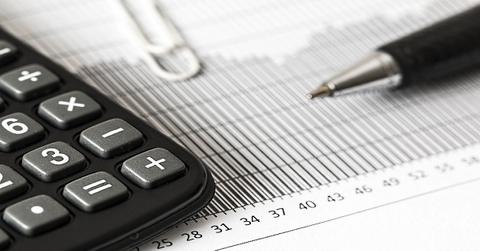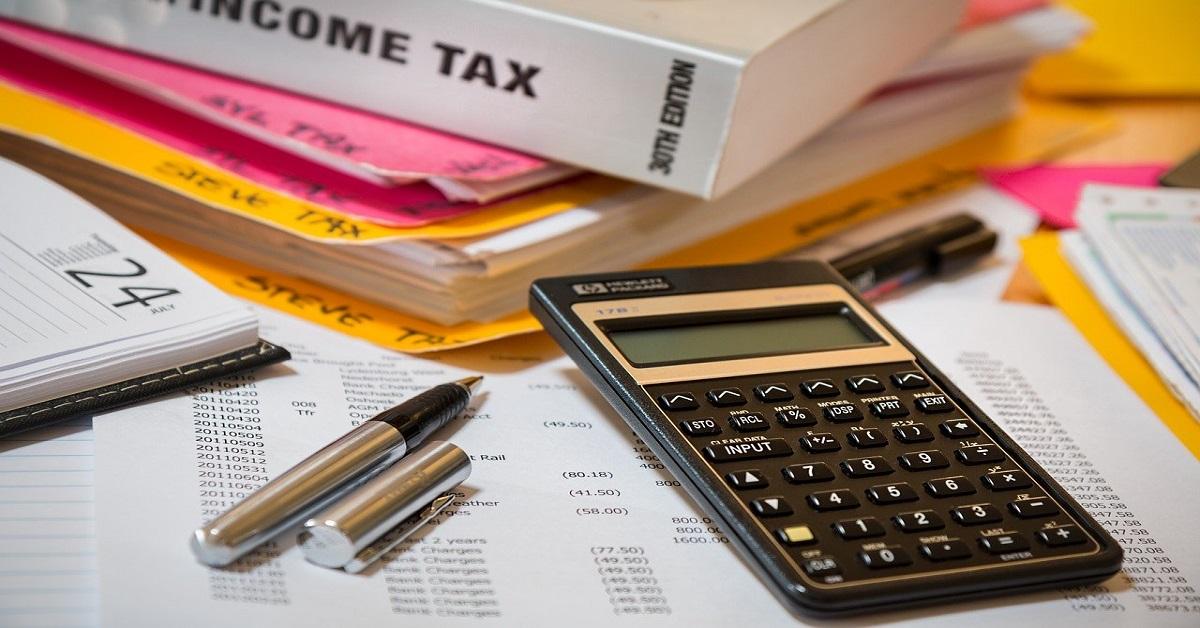Certain Dividends Are Qualified, And Why It Matters
Qualified dividends are taxed as capital gains based on an individual’s total taxable income. Non-qualified dividends are taxed as regular income.
July 31 2020, Updated 7:16 a.m. ET

Most of the dividends are ordinary dividends. They are in box 1a of Form 1099-DIV that the investor receives. Dividend taxation in the U.S. depends on whether the IRS classifies dividends as qualified or non-qualified. Qualified dividends are taxed as capital gains. They are taxed at 0 percent, 15 percent, or 20 percent based on an individual’s total taxable income. Non-qualified dividends are taxed as regular income. Therefore, investors need to understand how the IRS classifies dividends as qualified.
High dividend-paying shares might gain popularity. Yields on fixed income instruments have dropped significantly with the U.S. 10-year Treasury trading below 1 percent since March. Yields on corporate bonds have also dropped after the spike in March. The IRS has given a three-point framework on how to classify a qualified dividend.

What is the criteria for a qualified dividend?
A dividend is considered qualified based on the following criteria.
- The dividend-paying company should either be a U.S. enterprise or a qualified foreign company.
- The dividend is not specifically classified as a non-qualified dividend.
- The individual getting the dividend has held the underlying security for the stipulated time period.
If the dividend satisfies all three of the conditions, it is classified as qualified and gets taxed as capital gains. If one of the conditions is not met, the dividend gets classified as non-qualified. A non-qualified dividend is taxed as normal income.
The first criteria for a qualified dividend is fairly easy to figure out. Dividends from companies incorporated in the U.S. or a foreign company that trades on U.S. exchanges are qualified. The IRS draws a distinction for a foreign company. If the company is a passive foreign investment company, then the dividends are not qualified. However, dividends from companies based in foreign countries that have income tax treaties with the U.S. are qualified dividends.
The IRS classifies some dividends as non-qualified even if they meet the other two requirements. These dividends include capital gain distributions and dividends paid on deposits with cooperative banks, credit unions, or mutual savings banks. Also, dividends from a tax-exempt organization are not qualified. The IRS has given a detailed list of dividends that are not qualified.
How do qualified dividends work?
For the dividend to be qualified, the investor has to hold the common stock for a minimum of 61 days in the 121-day period that starts 60 days prior to the ex-dividend date. Investors who buy the stock either on or after the ex-dividend shares do not receive the dividend. The ex-dividend date is one day before the record date.
For example, assume you brought shares of X Corporation on June 1, 2020. The stock goes ex-dividend on June 15. You received the dividend and sold the stock on July 1. In this case, the dividends would not be qualified. You only held the shares for 14 days prior to the ex-dividend date and 30 days in total. The requirement is different for preferred shares. The investor has to hold the stock for a minimum of 91 days during the 181-day period that begins 90 days before the stock goes ex-dividend.
